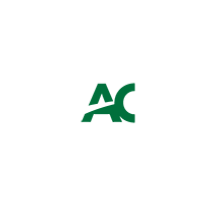A question of time
This article was originally written and submitted as part of a Canada 150 Project, the Innovation Storybook, to crowdsource stories of Canadian innovation with partners across Canada. The content has since been migrated to Ingenium’s Channel, a digital hub featuring curated content related to science, technology and innovation.
Daniel Prinn
Algonquin College Journalism Program
Father Time might be just a personification of time, but Sir Sandford Fleming, who is considered the father of standard time, is most certainly real.
Fleming came up with the concept of standard time while he was building the Canadian Pacific Railway. With all the different local times, travelling across the country would be chaotic and make it impossible to maintain a schedule. Thus, the railway needed standardized times for train arrivals and departures. Fleming’s answer was the 24-hour international clock, which established Greenwich, England (0 degrees longitude) as the standard time and divided the world into 24 time zones. His system of international standard time, which is still in use today, was adopted at the International Prime Meridian Conference in 1884.
Aside from creating standardized time, Fleming also became Canada’s foremost railway construction engineer. Within a few years of moving from Scotland to Canada, he was the engineer in chief of the Northern Railway. He also became the chief surveyor the Intercolonial Railway and engineer of his proposed Canadian Pacific Railway.
Fleming influenced other areas of Canadian life as well. He created the Royal Canadian Institute, which works to advance science, and designed the “three-penny beaver,” Canada’s first postage stamp. Fleming was knighted by Queen Victoria in 1897. He died in 1915 and was inducted into Canadian Science and Engineering Hall of Fame in 1992.
Transcript
An engineer who planned three railways plays a pivotal role in the creation of Standard Time (1885).




















